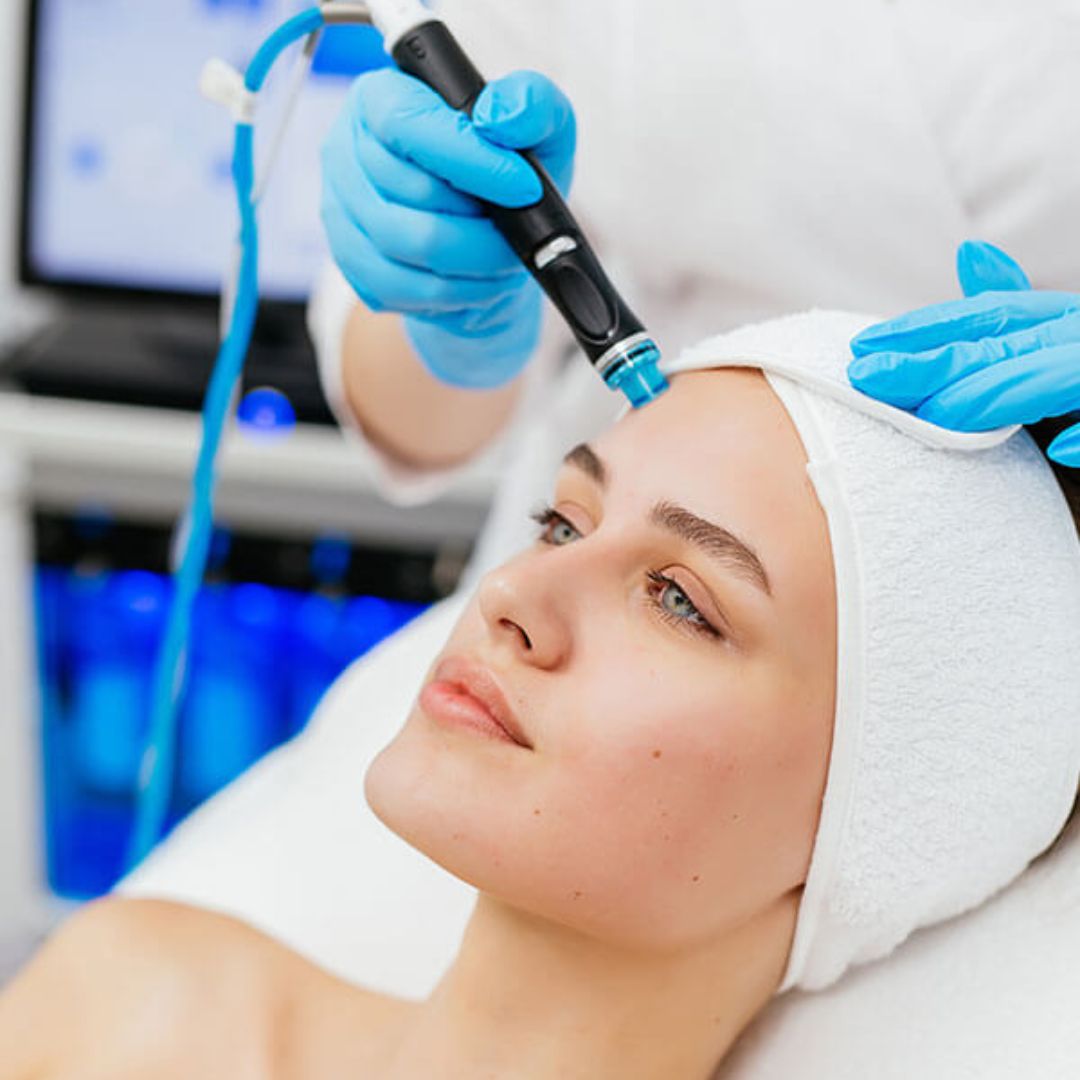HydraFacial treatments have gained immense popularity for their ability to cleanse, exfoliate, and hydrate the skin, leaving it looking radiant and refreshed. However, with various options available, selecting the right HydraFacial for your skin type is crucial for achieving optimal results. Here’s a guide to help you navigate this decision.
Understanding HydraFacial Basics
HydraFacial is a multi-step facial treatment that uses patented technology to cleanse and exfoliate the skin while delivering customized serums tailored to individual skin concerns. The treatment typically includes cleansing, gentle exfoliation, extraction of impurities, hydration with nutrient-rich serums, and protection with antioxidants.

Identifying Your Skin Type
Before selecting a HydraFacial, it’s essential to identify your skin type. The main categories include:
1.Oily Skin: Characterized by excess oil production, enlarged pores, and a tendency for breakouts.
2.Dry Skin: Often feels tight, rough, and may show signs of flakiness or dullness.
3.Combination Skin: Features a mix of oily and dry areas, often with an oily T-zone and dry cheeks.
4.Sensitive Skin: Prone to redness, irritation, and reactions to various products. Tailoring HydraFacial Treatments
Once you’ve identified your skin type, you can choose a HydraFacial tailored to your needs:
1.Oily and Acne-Prone Skin: For those with oily or acne-prone skin, a HydraFacial that incorporates salicylic acid can be particularly beneficial. This ingredient helps unclog pores and reduce inflammation, making it ideal for acne management. The treatment may also include additional extractions to remove blackheads and impurities effectively.
2.Dry and Dehydrated Skin: If you have dry skin, look for a HydraFacial that emphasizes hydration. Serums rich in hyaluronic acid and peptides can help restore moisture and improve skin texture. The treatment can also include nourishing oils or antioxidants to enhance hydration and give your skin a healthy glow.
3.Combination Skin: A customized approach is key for combination skin. A HydraFacial that balances oil control with hydration is ideal. Your aesthetician may use specific serums targeting both oily and dry areas, ensuring that all parts of your face receive the appropriate care.
4.Sensitive Skin: For sensitive skin, a gentle HydraFacial is recommended. Look for treatments that use calming ingredients like chamomile or aloe vera. These soothing elements can help reduce redness and irritation while still providing hydration and nourishment.

The Consultation Process
Before undergoing a HydraFacial, it’s essential to have a consultation with a qualified skincare professional. They will assess your skin type, discuss your concerns, and recommend the most suitable treatment. This personalized approach ensures you receive the best results for your unique skin needs.
Post-Treatment Care
After your HydraFacial, follow any aftercare instructions provided by your aesthetician. Generally, it’s advisable to avoid heavy makeup for at least 24 hours and to use gentle skincare products. Hydration is crucial, so drinking plenty of water and using a moisturizer suitable for your skin type will help maintain the results.
Choosing the right HydraFacial for your skin type is vital for achieving the best possible results. By understanding your skin’s needs and working with a knowledgeable professional, you can tailor the treatment to address your specific concerns. With the right approach, a HydraFacial can leave your skin looking revitalized, glowing, and healthy. Don’t hesitate to explore this rejuvenating treatment—your skin will thank you